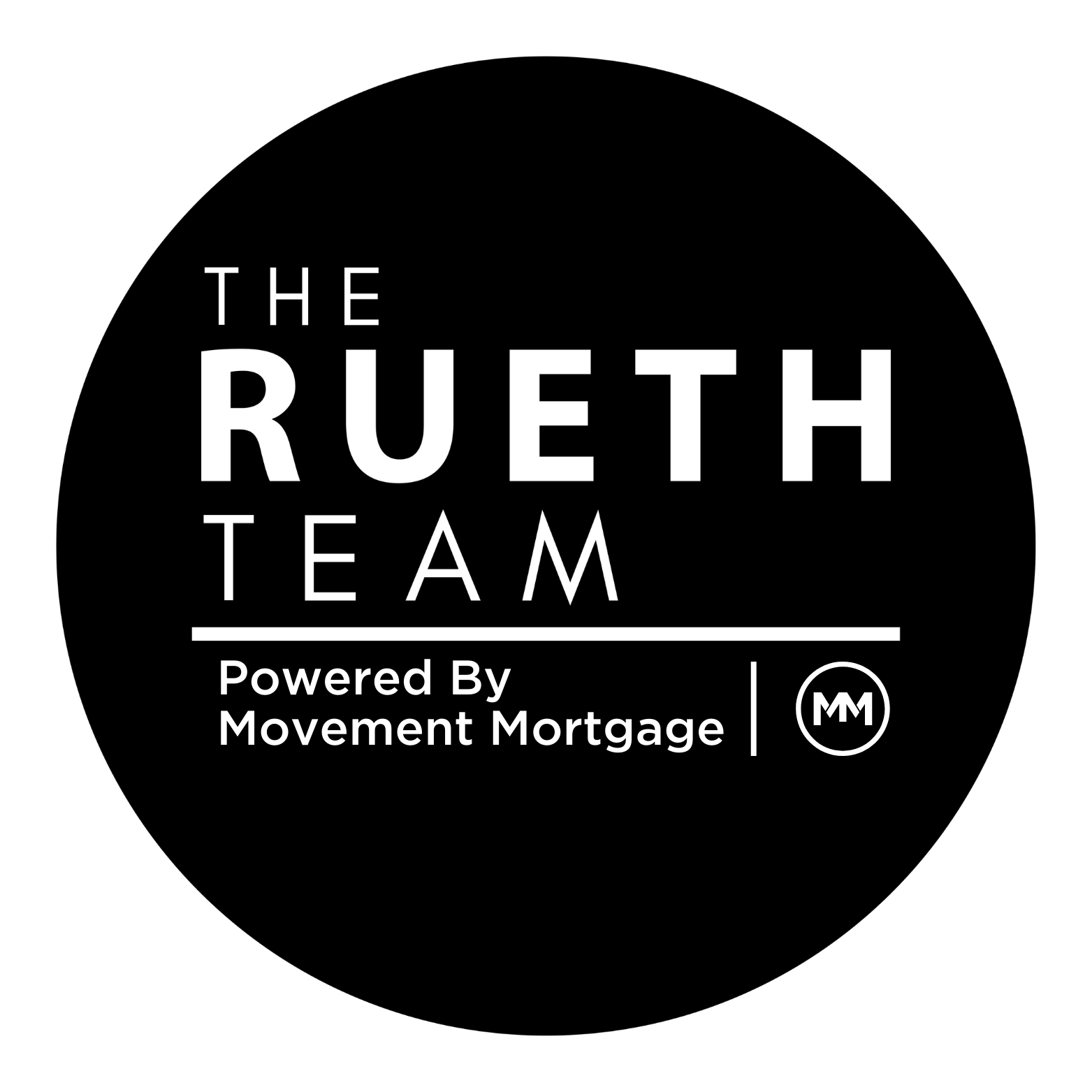Rates Above 3.5% This Summer
The Borrower Still Qualifies Because The Loan Amount Doesn’t Change
What questions do you have about Appraisal Gap Insurance? I’ve had so many great conversations about how your buyer can still qualify when an appraisal comes in low. No one, I mean no one, likes it when an appraisal comes in low. Especially me. But if/when it happens, there are solutions that will keep the deal together and everyone headed to the closing table.
Last week I shared the options when a low appraisal comes in. This week I want to explain why the cash to close and the DTI does not change. If your buyer is putting anything above 3-5% down, there are options. Even with 3% down, there are options to flip the loan to a down payment assistance program to get cash to cover a low appraisal.
Continuing the example from last week, a price of $625,000 with 10% down ($562,500 loan amount). Let’s say the appraisal comes in at $580,000 and the buyers are first time homebuyers.. so their loan can go to 97%. (Move up buyers are limited to 95% loan to value.) So the buyers who were planning on putting 10% down are now looking at their options with an appraisal that came in at $580,000 on a purchase of $625,000. It still works!
$625,000 Purchase Price
$62,500 Down Payment Funds (10%)
$580,000 Appraisal Value
When the appraisal came in low, that $62,500 is no longer 10% down.. NOW…
- $17,400 is applied to the 3% down on the lower appraisal amount
- $45,100 is applied to the appraisal gap
$562,500 stays as the loan amount.. which is why the DTI is the same (assuming split or upfront MI) and the cash being used as the down payment does not change.
$17,400 (3%) +
$45,100 (appr gap) +
$562,500 (loan amt) =
$625,000 loan amount
Want to read last week’s email to more on the “how to” for Appraisal Gap Insurance? Click here to open last Saturday’s Rueth Team Market Update.
10% Down Jumbo to $2Million
The Mortgage Credit Availability Index improved again this month… up 1.5% for Jumbo loans. This is huge. This means more products are available or are coming back for our jumbo buyers. Since Denver’s Average home price is now $623,825, we are almost in Jumbo territory. Remember, the conforming loan amount is $596,850. So 5% down on $623,825 drops you back into Fannie/Freddie territory. But as our market continues to appreciate, more of your clients will require a jumbo loan or a 1st/2nd combo. Expanding jumbo options is nothing but great news!
A few weeks ago, we rolled out our new 10% down AUS jumbo product. AUS stands for Automated Underwriting System. This is Fannie and Freddie’s automated approval process. Jumbo traditionally is a manual underwrite, which is why it is so document heavy and cumbersome. With the 10% AUS jumbo, we can run an automated approval and use those automated conditions .. which are ALWAYS easier than a manual underwrite. Making Jumbo feel like Conventional.. GAME ON!
Here are the new improved requirements for Jumbo:
- 10.01% down (89.99% loan to value max), first time home buyers limited to 80% LTV
- Loan amount to $2M
- Purchase, Refi, Cash-Out Refi
- Primary, Second Homes, Investments
- Credit score down to 660
- 1 Year tax returns for self employed (with AUS approval)
- DTI to 45%
- Reserves based on AUS
Inflation is GOING UP…It Can’t Help It
We’ve been talking for months about how inflation was going to go up in May (for April numbers). It did. Problem is.. it increased MORE than expected. Based on inflation being a rolling 12 month average; the drops in prices when the country shut down (i.e. March, April and May 2020) guaranteed us higher inflation as those lower numbers rolled off the 12 month average. That’s just math. But what was not in the equation was the intensity of commodity pricing, workforce shortages, and oil hackers to impact the cost of all goods sold.
The cost of commodities (lumber, steel, crops) have not been this high since 2011. A rebound in the world’s largest economies as we all start to take our masks off, poor weather this spring, and a lack of workers all contributed to this latest jump. The soaring cost of raw materials are raising the prices of everything from toilet paper to computers to cars. Remember, U.S. Treasury Secretary Janet Yellen, said interest rates may have to rise to ensure the economy doesn’t “overheat”. Hmmmm…
As these commodities roll into products, the impact on the PCE and CPI inflation numbers are tangible. The Consumer Price Index (CPI) was released earlier this week by the Bureau of Labor Statistics (BLS). The CPI measures what you and I feel at the grocery store, the mall, home prices, medical care deductibles, etc. And boy did it jump! The headline number jumped from 2.6% to 4.16%.. the largest increase since September 2008. The Core, which strips out food and gas, jumped to 2.96%.. both well above the Fed 2% average inflation target.
Does food feel like it costs more? It is rising TWICE as fast as it was pre-COVID. Used cars soared 21%. Rent is up 2% and we all know what home prices are doing.
The Personal Consumption Expenditures (PCE) price index is issued by the Bureau of Economic Analysis (BEA). This is the metric the Federal Reserve focuses on and is using as it’s 2% metric. The PCE will come out May 28th.
Also released this week was the Consumer-based Inflation Expectations with the Michigan Consumer Confidence. Consumer confidence is flat. Spending is flat. Retail Sales is running out of steam as stimulus checks are gone and sticker shock sets in. Michigan’s Consumer Poll’s estimation of inflationary growth is high!.. short term. The consumer inflation expectation for the short term (1 year) is 4.6%.. WOW.. that is high and going to impact our wallets and our rates. Longer term expectation (5 years) is 3.1%.
This is impacting our spend on a daily basis and impacting the homes we build. It will also push interest rates up.. compounding the effect of higher home prices… new and existing. Based on the math of a 12 month rolling average; we expect core CPI to go from this month’s 3.0% to 3.4% to 3.5% before cooling off this Fall. This does NOT take into account the cost of raw goods and wage inflation (caused by extending the Pandemic Unemployment Assistance). That will increase these numbers further.
As inflation goes up, so goes bonds. Bonds are a fixed income investment. As the cost of things goes up, the price for those bonds must go down to provide a greater return for their buyers.. to keep up with inflation. As the prices go down, the rate… our rates go up. It is not likely to see mortgage rates below CPI. So could rates pop up this summer? Yes, they could. Could they come down slightly this fall? They could.. depending on the impact of raw goods, commodities, wage inflation, etc.
Message to your clients.. stay in the fight, keep putting offers in, because waiting just got a lot more expensive!






